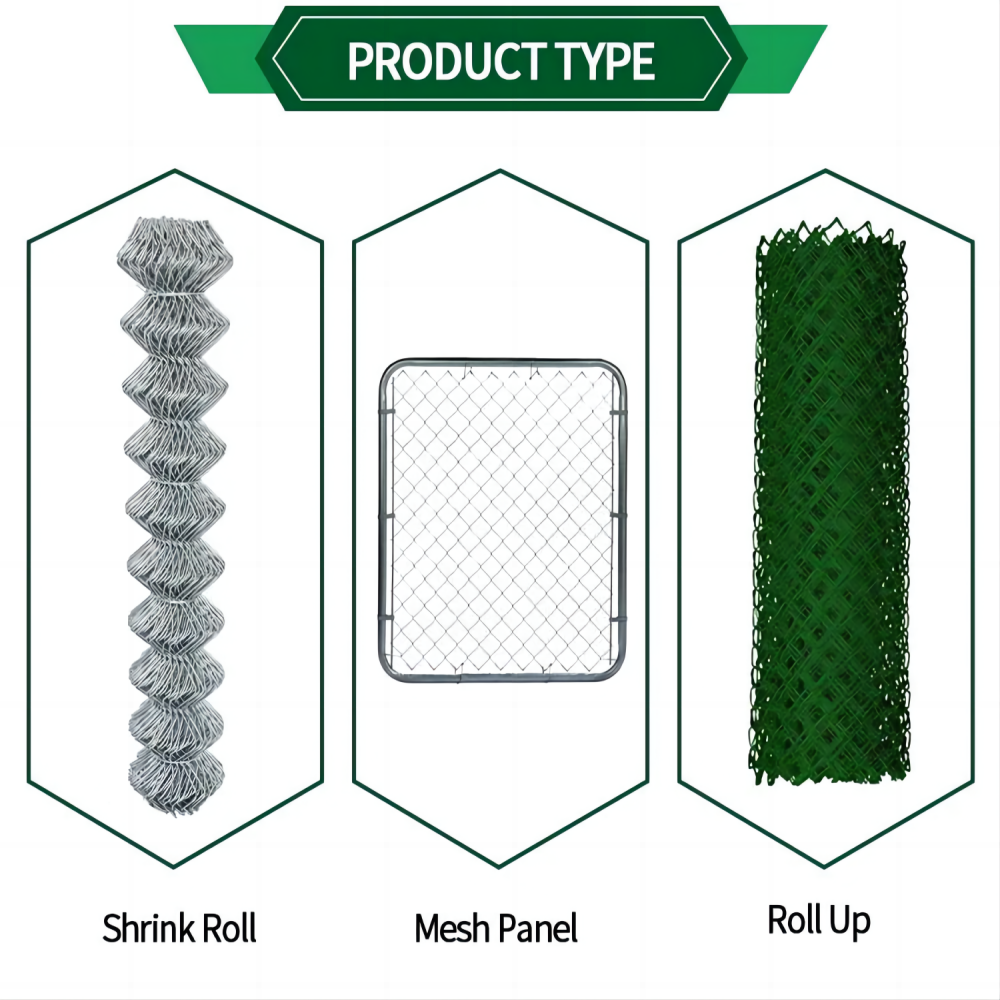How to Properly Install Nails in a Hardwood Floor for Best Results
Nailing in Hardwood Floors A Comprehensive Guide
Installing hardwood floors enhances the beauty and value of any home, offering a warm and inviting atmosphere. One of the critical steps in this process is nailing down the hardwood planks, which secures the flooring and ensures its longevity. Understanding the methods and best practices for nailing in hardwood floors is essential for achieving a professional finish.
The Importance of Proper Nailing Techniques
When it comes to hardwood flooring, the integrity of the installation largely relies on how the boards are secured to the subfloor. Nailing not only holds the planks in place but also helps prevent movement that can lead to creaking or warping over time. There are primarily two methods for nailing down hardwood floors face nailing and blind nailing.
1. Face Nailing This method involves driving nails directly through the face of the boards, usually along the edges. Face nailing is often used in the first and last rows of flooring planks, especially when installing solid hardwood. While this method can make the installation visually evident, it offers a strong and secure hold.
2. Blind Nailing As the name suggests, blind nailing conceals the nails from view. This technique is performed at a slight angle through the tongue of each plank, which allows for a clean finish. This method is commonly used in the main field of the floor, where aesthetics are important, and it creates a seamless appearance.
Tools and Materials Needed
To successfully nail down hardwood floors, certain tools and materials are essential
- Nails Choose nails specifically designed for hardwood flooring. The size of the nails affects their holding power; typically, 1.5 to 2 inches in length works well for most hardwoods.
- Nail Gun or Hammer A pneumatic nail gun can significantly speed up the installation process, driving nails quickly and consistently. However, a hammer and a nail set can also do the job effectively, although with more manual effort.
nails in hardwood floor

- Wood Flooring Cleat For those opting for a nail gun, wood flooring cleats (or staples) are often used instead of traditional nails to secure the planks more firmly
.- Spacing Tools To ensure proper expansion gaps along the edges of the flooring, use spacers for consistent and uniform placement.
Best Practices for Nailing Down Hardwood Floors
1. Preparation Before starting the installation, make sure the subfloor is clean, dry, and level. This preparation helps prevent any issues post-installation.
2. Acclimatization Allow the hardwood planks to acclimatize in the installation area for several days. This process helps the wood adjust to the room's climate, reducing the risk of expansion or contraction after installation.
3. Nailing Pattern Maintain a consistent nailing pattern across the boards. Typically, nails should be placed every 6 to 8 inches along the length of each plank, but this may vary depending on the type of wood and local building codes.
4. Check Alignment As you nail down each plank, continually check for alignment. This step is crucial in achieving a straight and visually appealing floor.
5. Finishing Touches Once all planks are secured, remove spacers and install baseboards or trim to cover any expansion gaps. Consider filling in any face-nail holes with wood filler that matches the flooring color for a polished look.
Conclusion
Nailing hardwood floors may seem daunting, but with the right tools, technique, and preparation, it can be a straightforward process. Properly secured hardwood floors not only enhance the aesthetic appeal of your home but also contribute to its durability and longevity. Whether you decide to tackle the project yourself or hire a professional, understanding the fundamentals of nailing in hardwood floors is essential for achieving the results you desire. Happy flooring!
-
Space-Saving Chain Fence Hacks Vertical Gardening with Cyclone MeshNewsJul.16,2025
-
Innovations in Iron Nail Wire Production for Modern ConstructionNewsJul.16,2025
-
Creative Uses of Wire Netting Fence in Modern Landscape DesignNewsJul.16,2025
-
Barbed Wire Fence Innovations in Anti-Climb TechnologyNewsJul.16,2025
-
Architectural Uses of Umbrella Nails for Aesthetic Roof DesignsNewsJul.16,2025
-
Architectural Uses of Razor Barbed Wire in Secure Urban DesignNewsJul.16,2025




